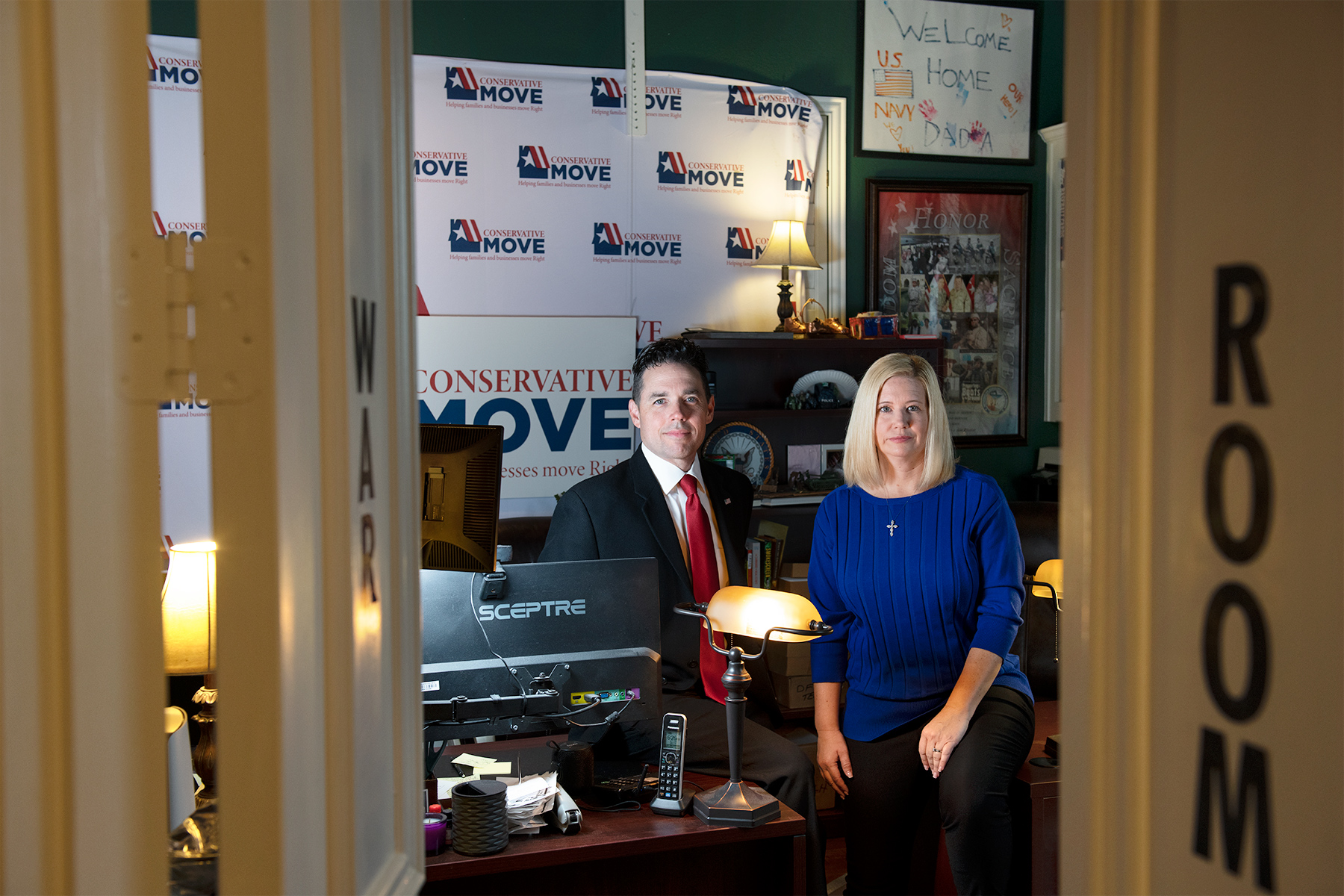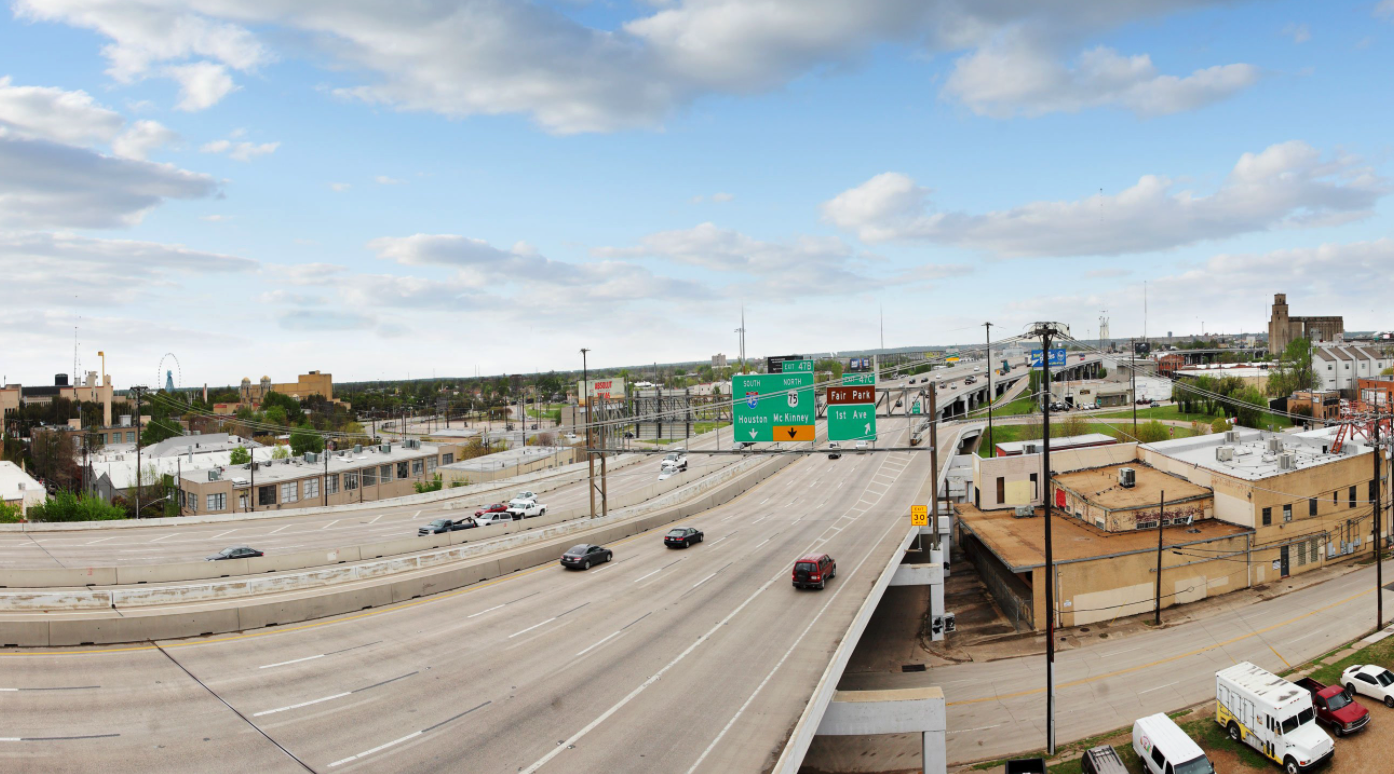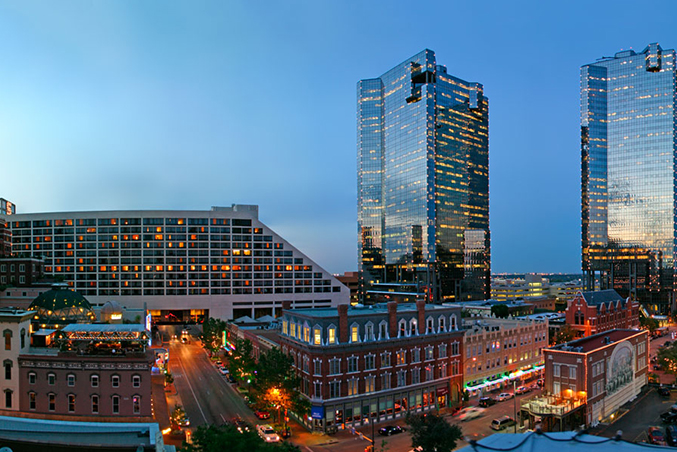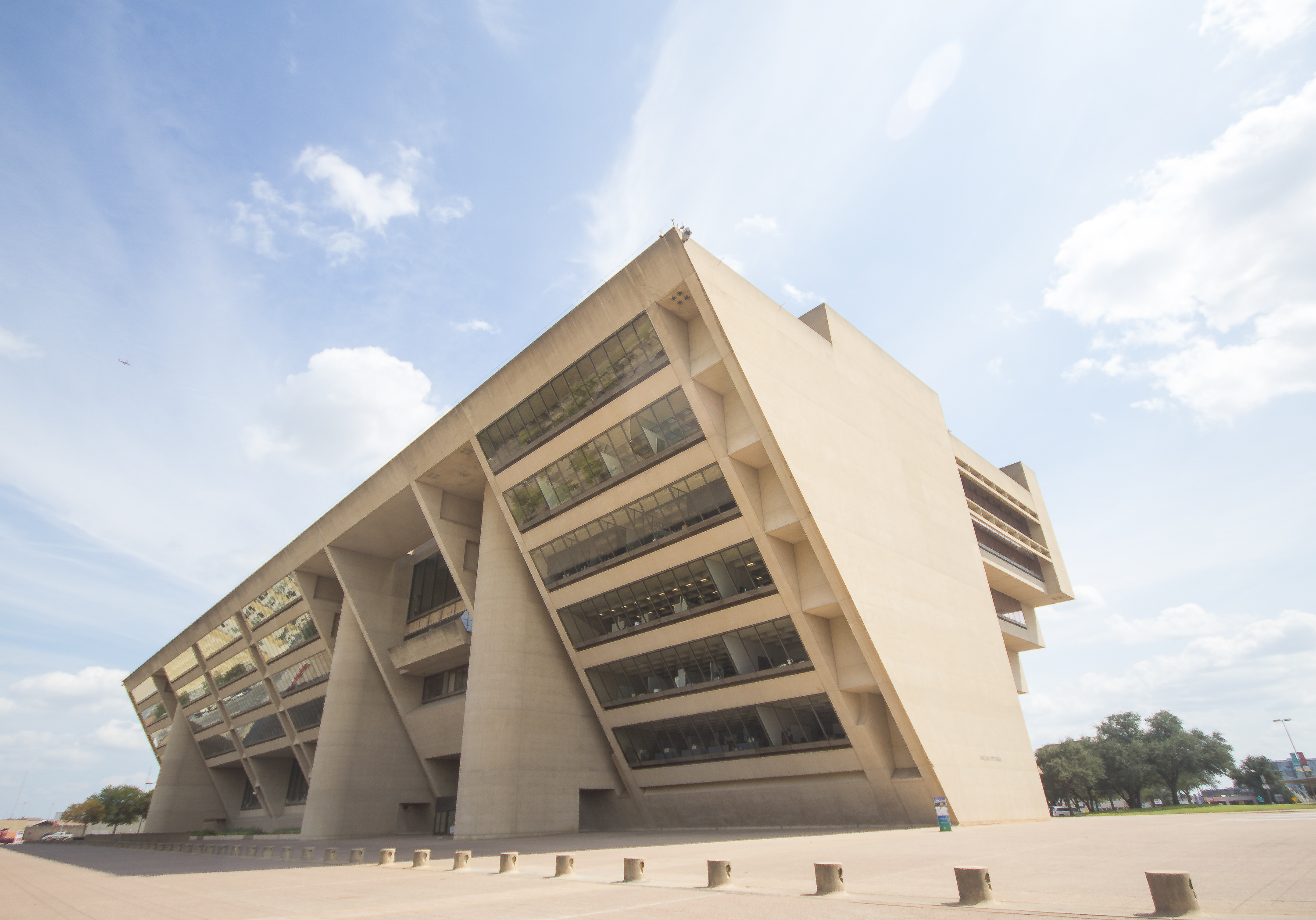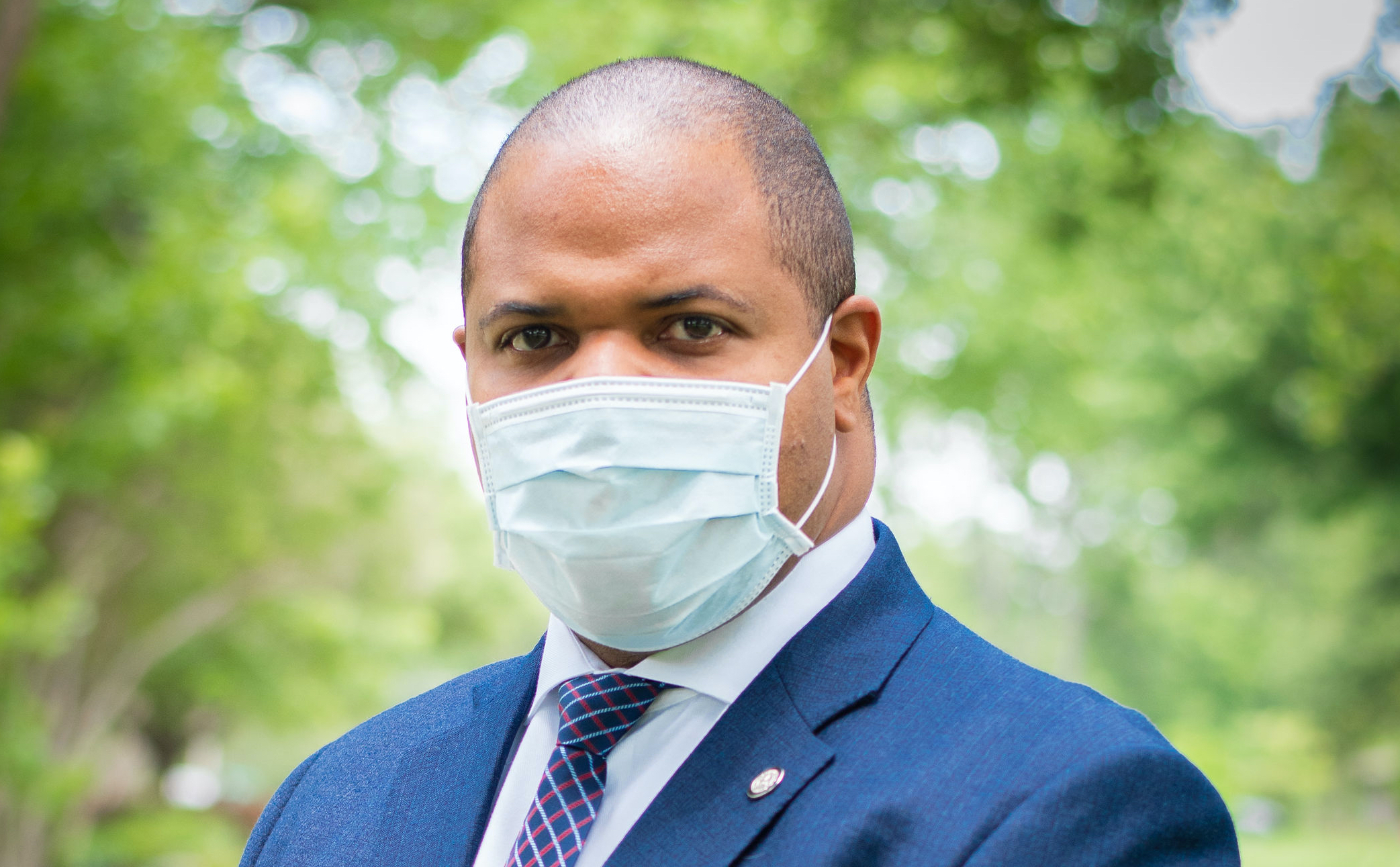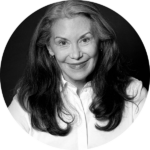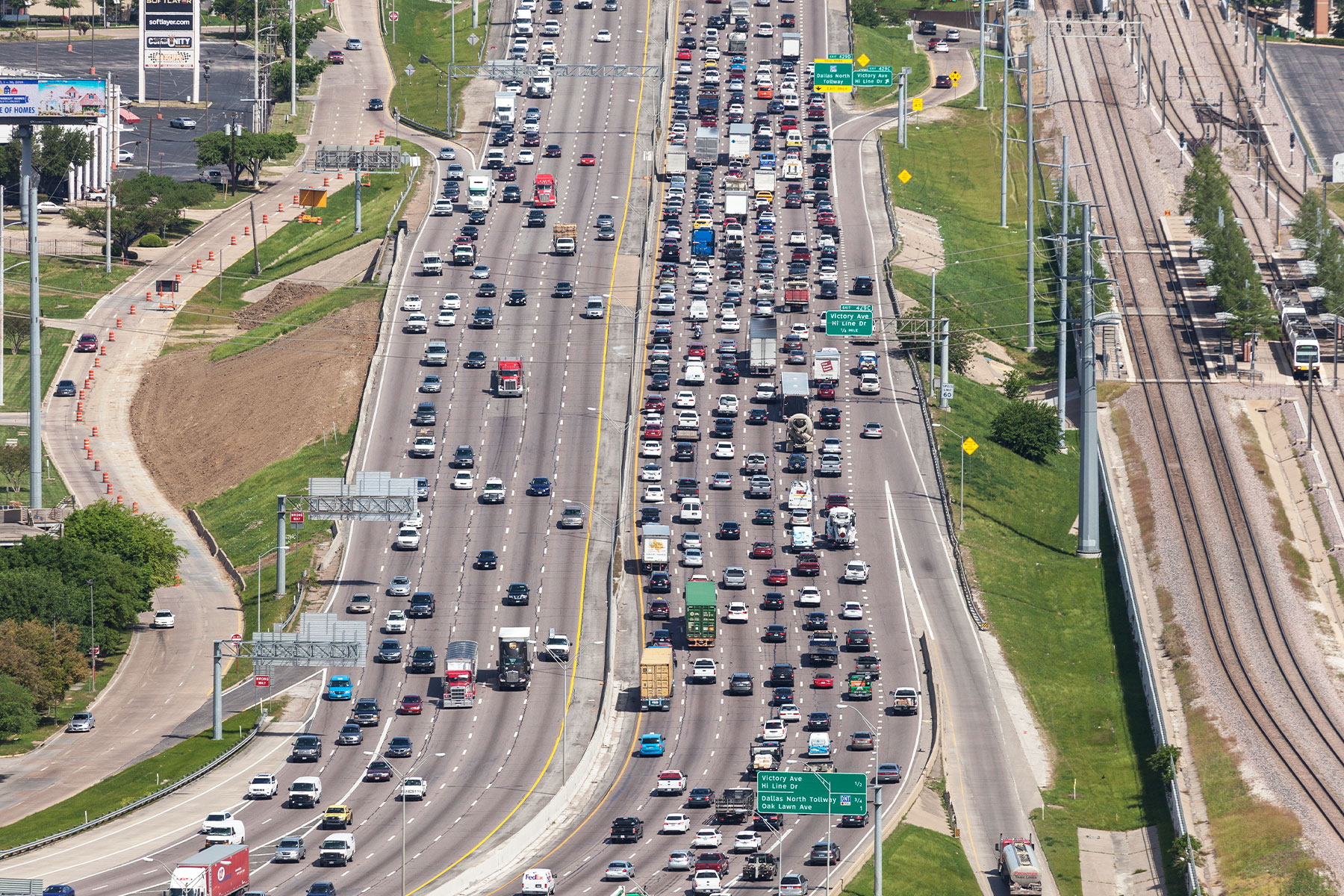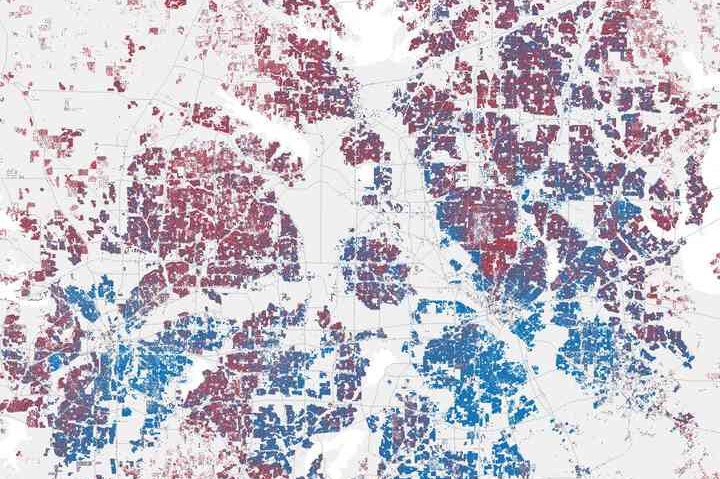Former Dallas City Councilman Philip Kingston is running for county commissioner. This has been an open secret since late last month, but it seemed to become less hush-hush this week; it has bookended more than a few conversations I have had since Monday. Kingston made it official today and filed the paperwork with WFAA’s Jason Whitely in tow.
Kingston, an attorney by trade, lost his District 14 council seat in 2019, felled by a banker and a father and a former SMU football player named David Blewett, whose platform was basically that he was not Philip Kingston. He sat out the next cycle, and Paul Ridley, Kingston’s former plan commissioner, beat Blewett to win the seat in May.
Kingston says he didn’t have any plans to run for anything until he got wind of how the county commissioner’s court was redrawing its districts. Each of the options showed that Kingston’s Belmont Addition home in East Dallas would no longer be in District 1, which was represented by the Democrat Theresa Daniel. He would now be in District 2, the sole seat on the Commissioners Court held by a Republican—J.J. Koch.
“I can’t be represented by somebody like that,” Kingston told me Thursday afternoon. “It’s not OK. … There hasn’t been any particular showing of competence on just basic policy accomplishments for the betterment of the people of Dallas.”
There he is.





